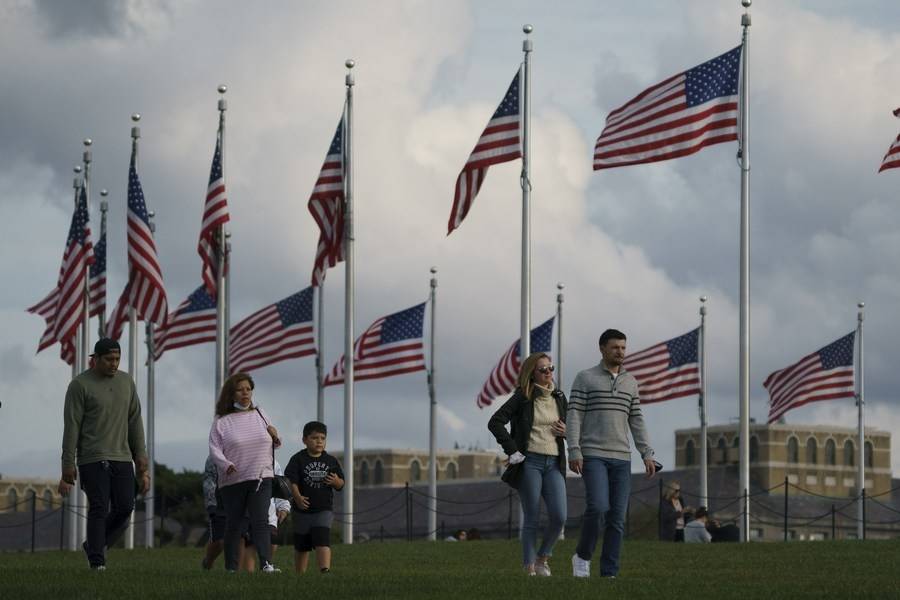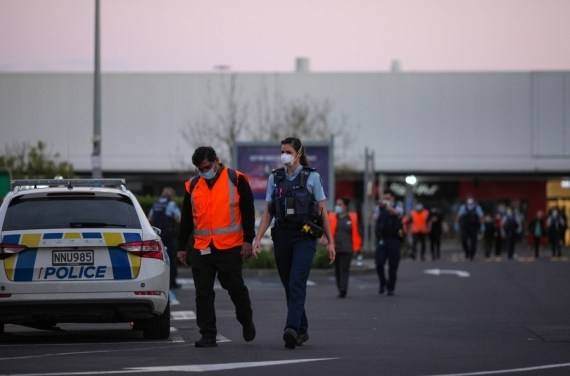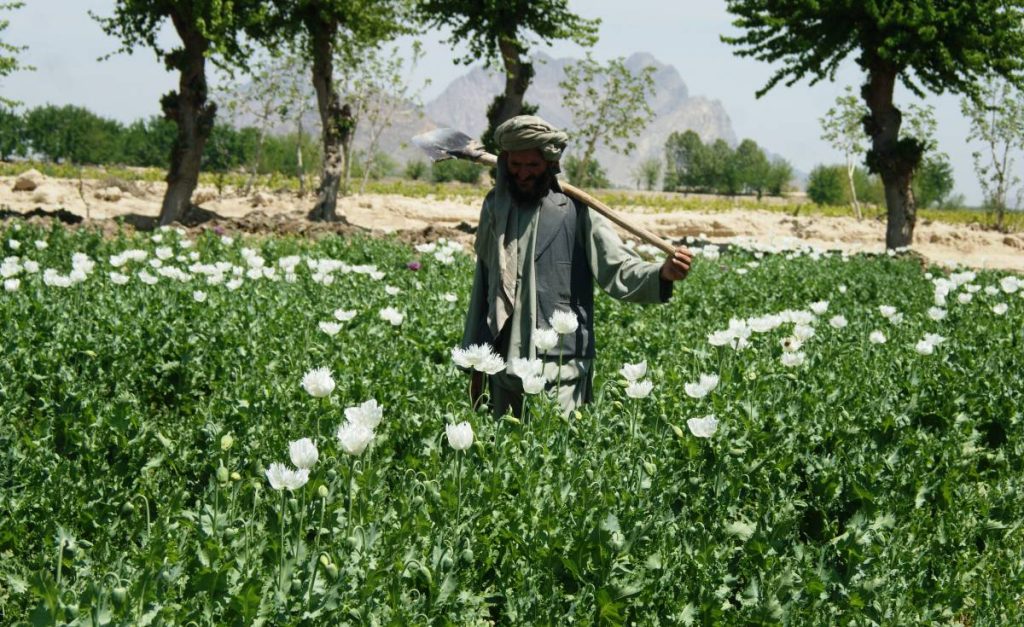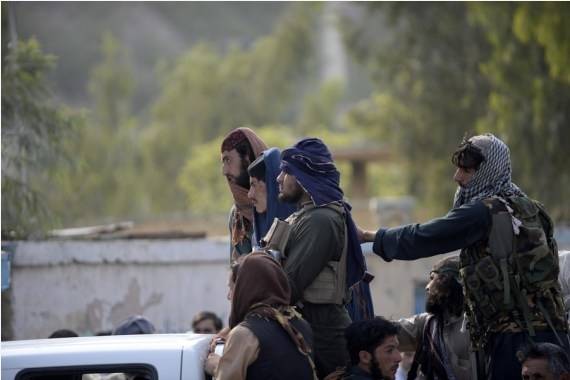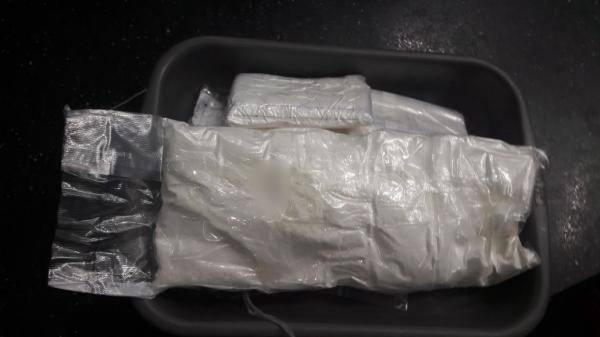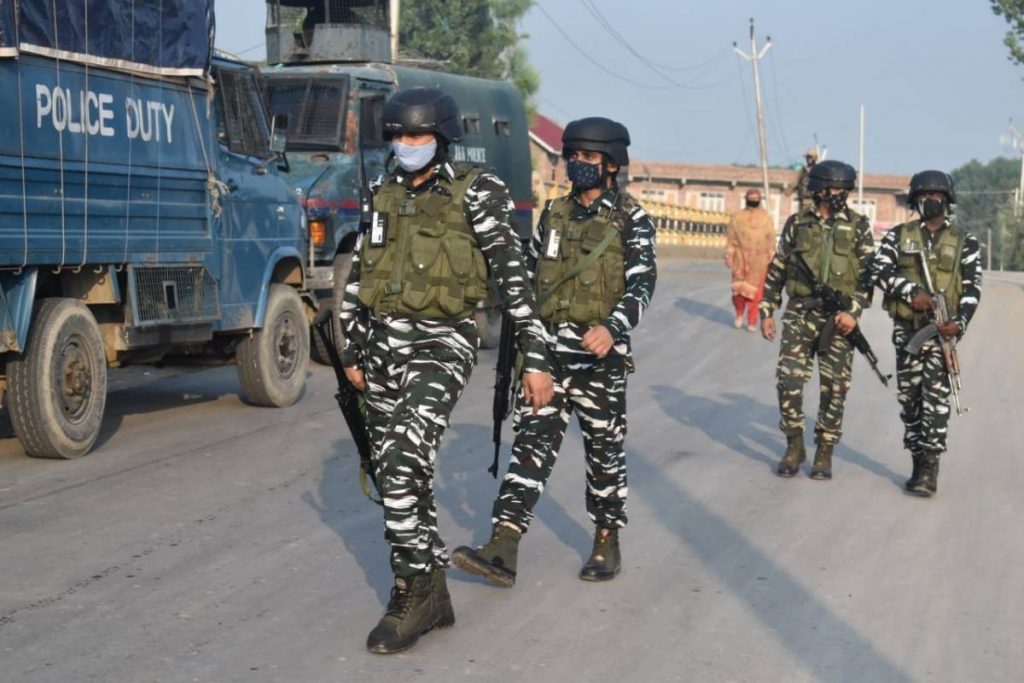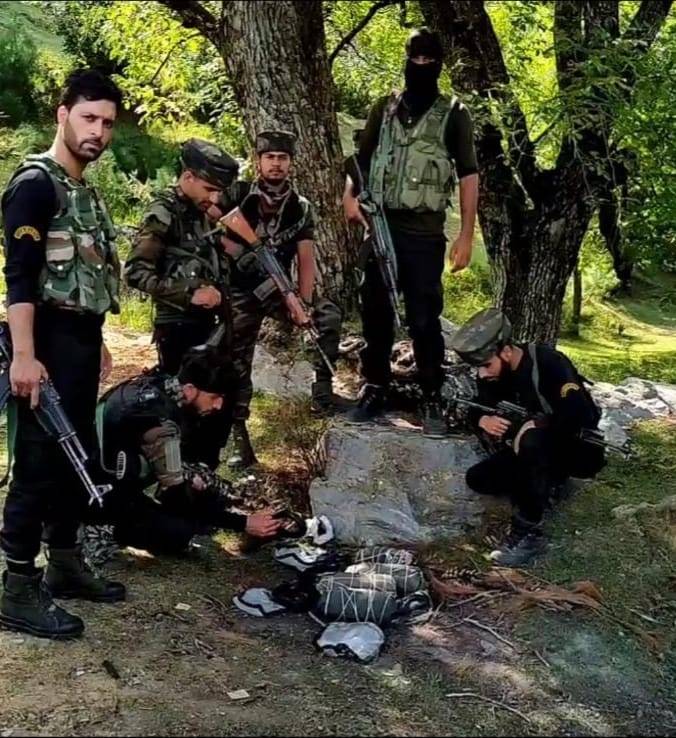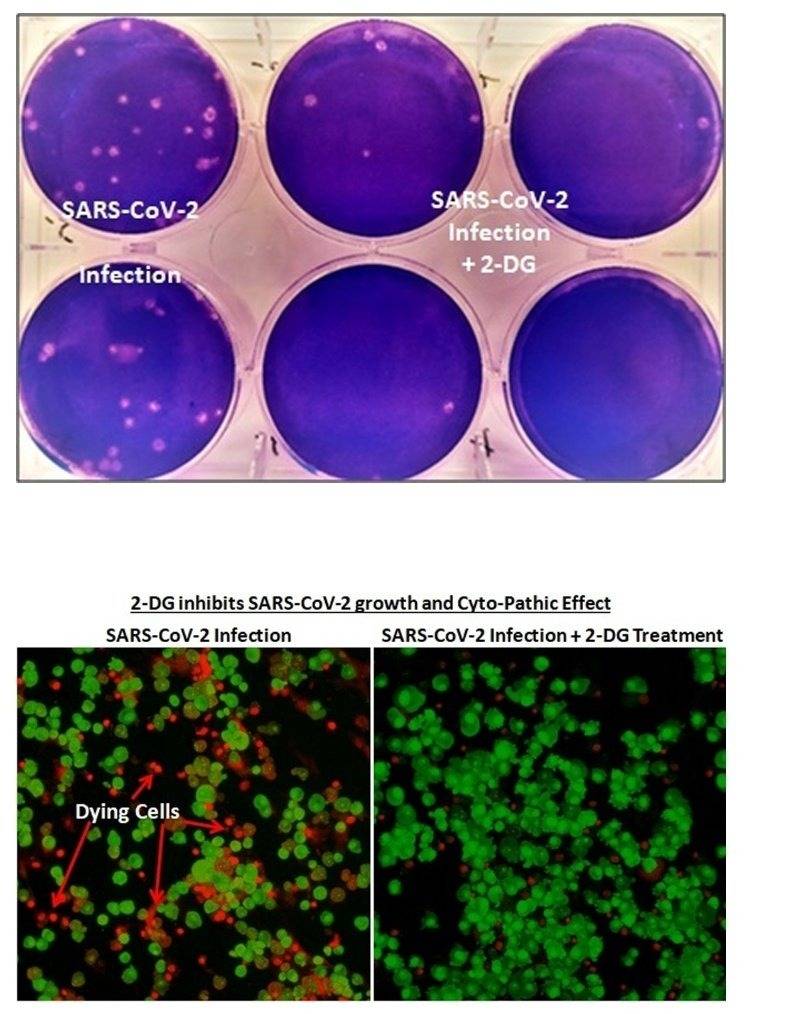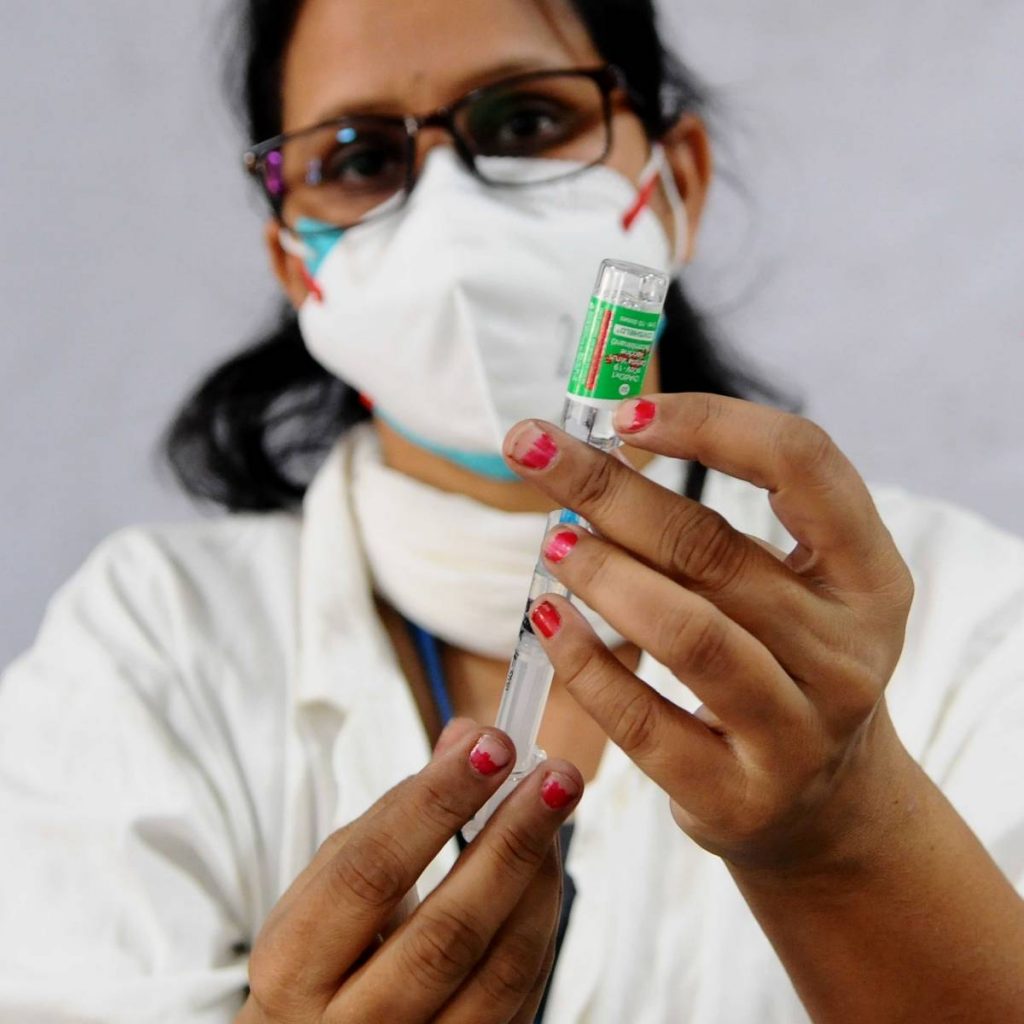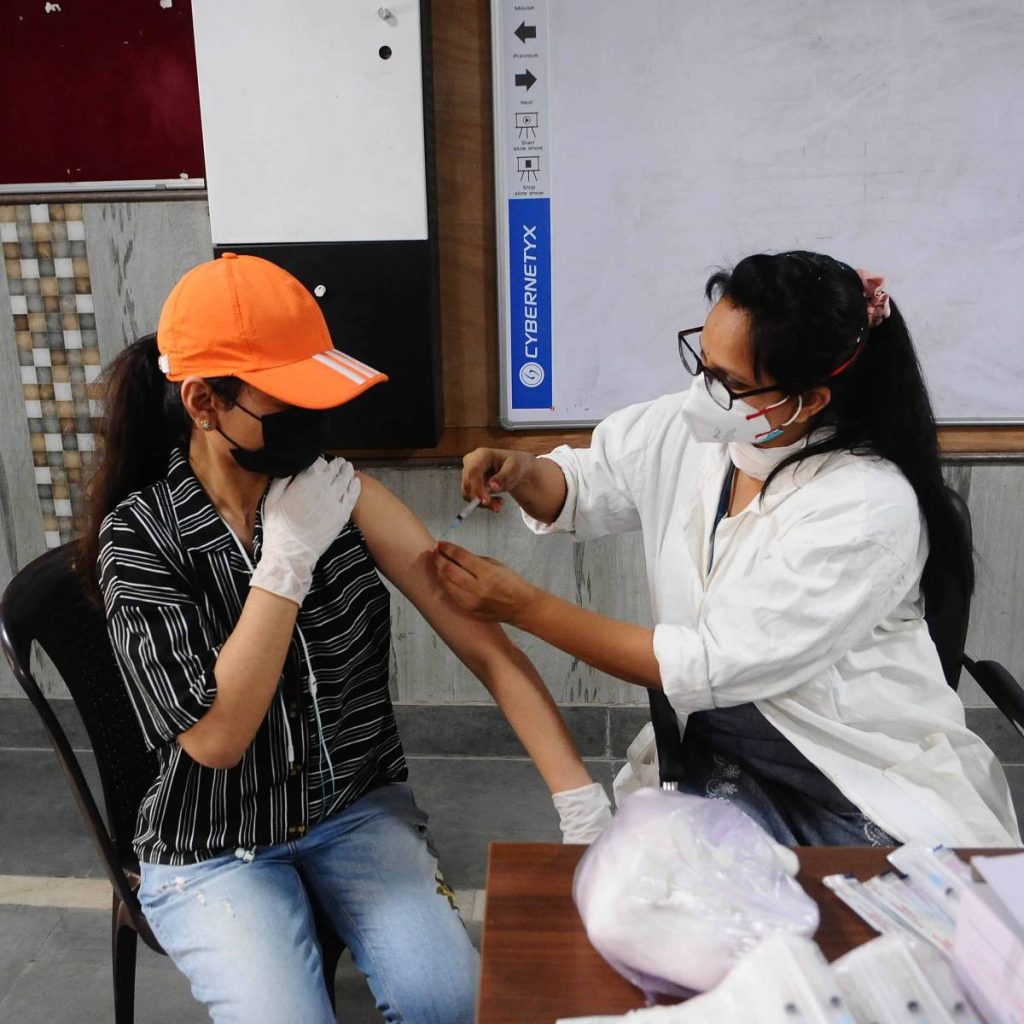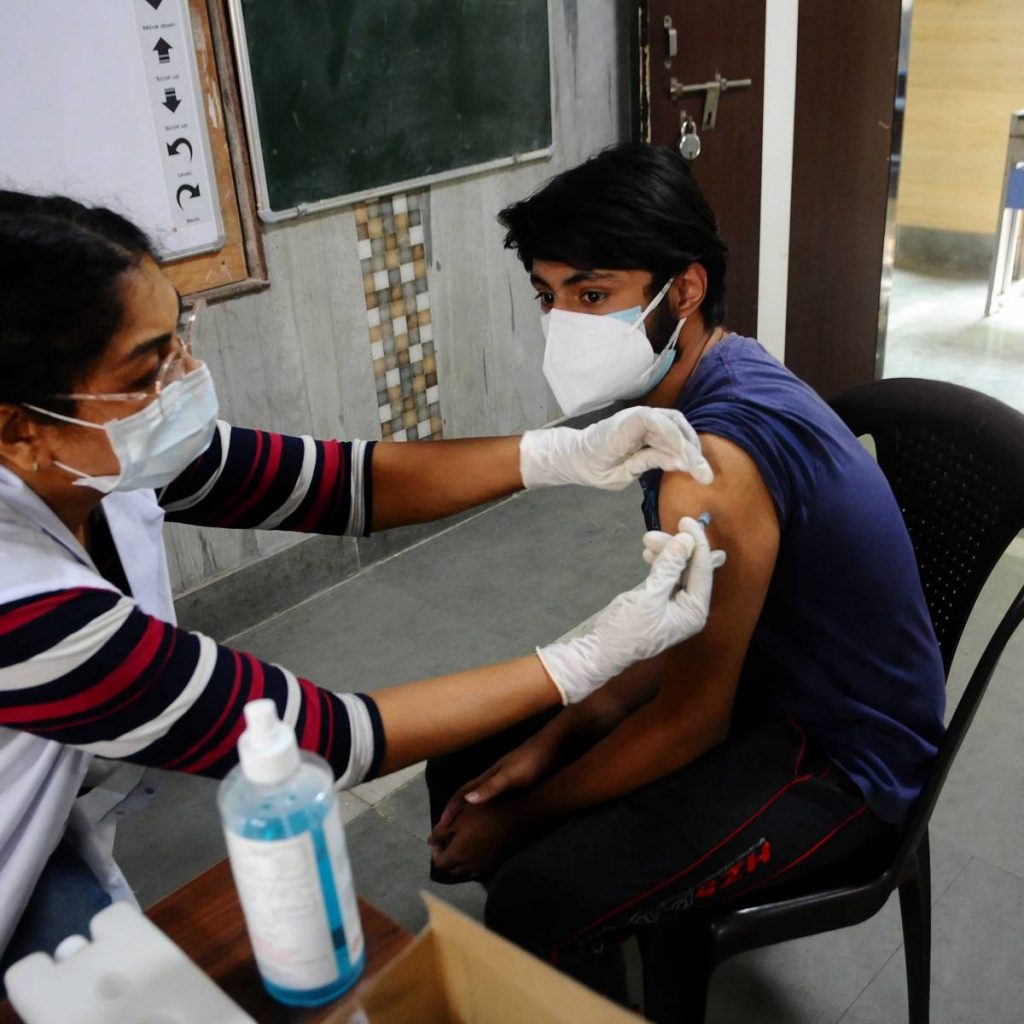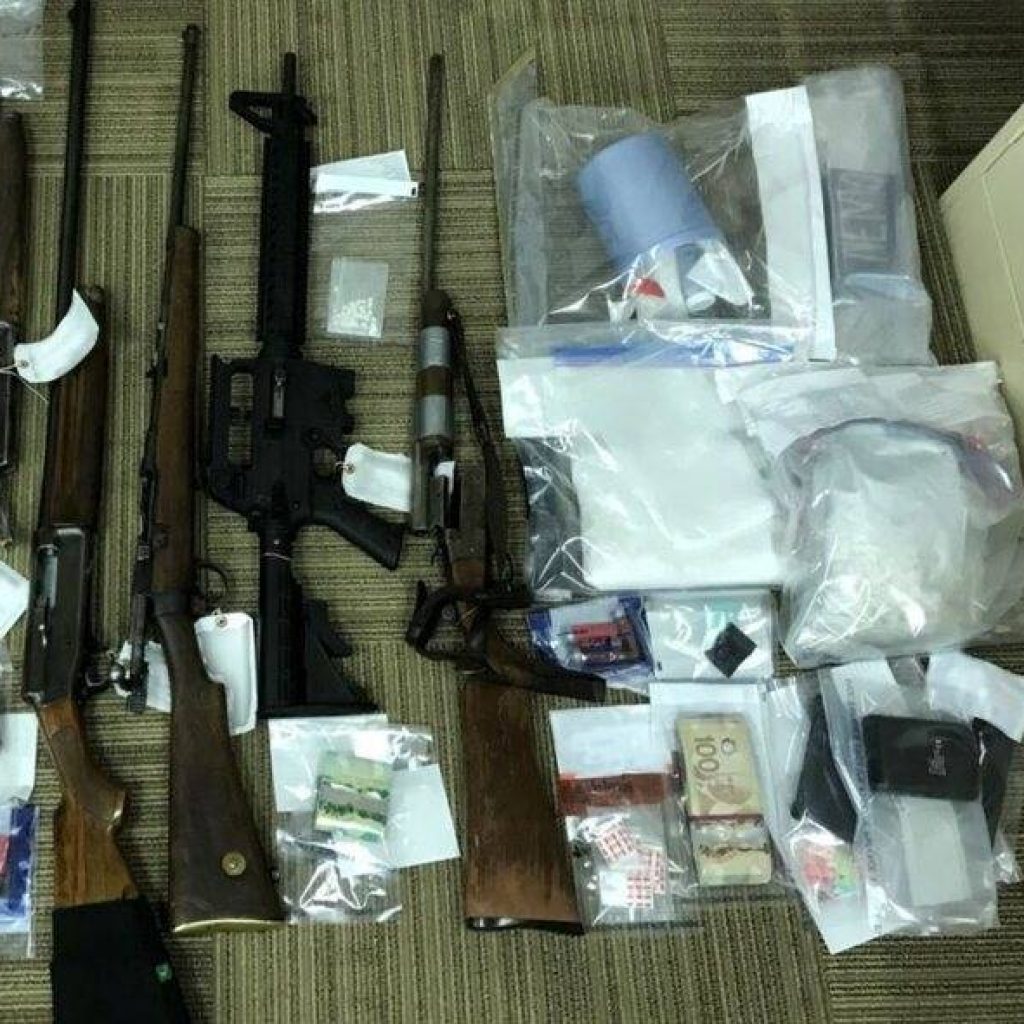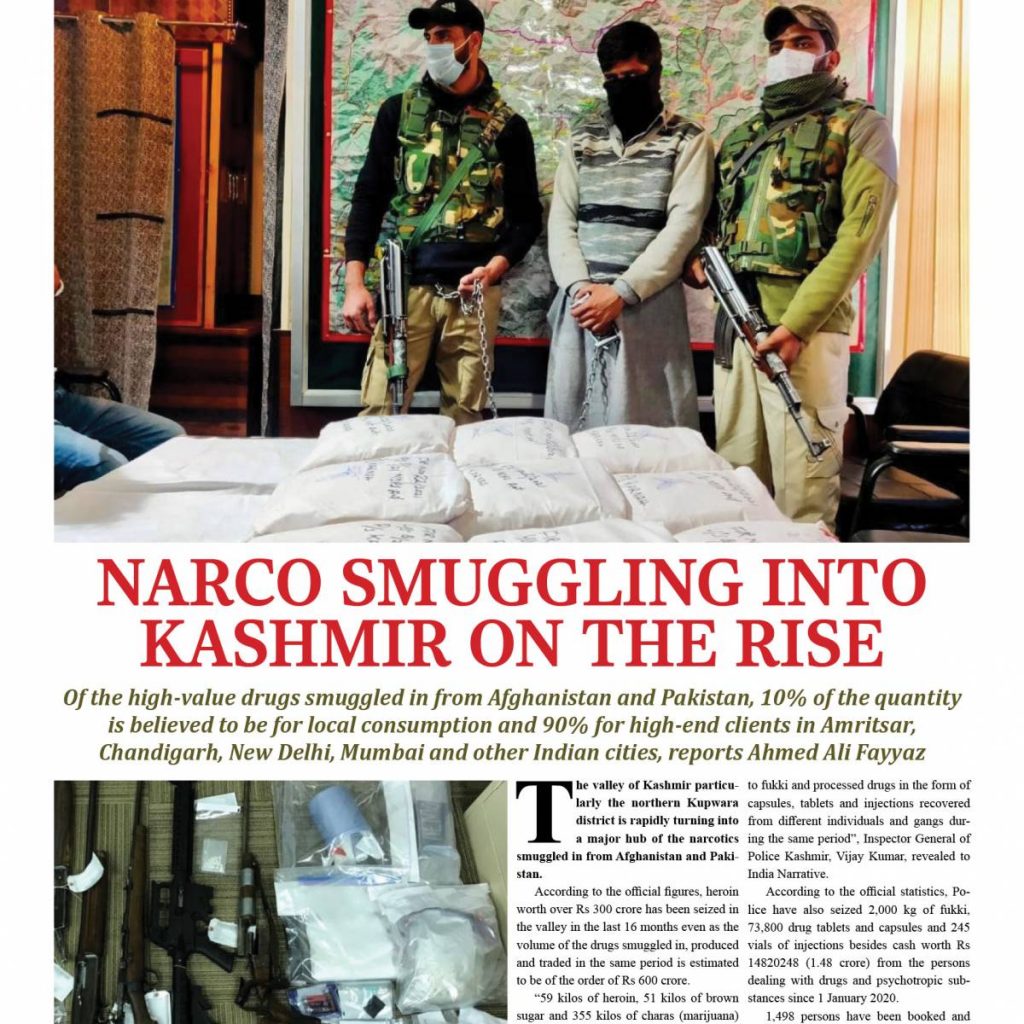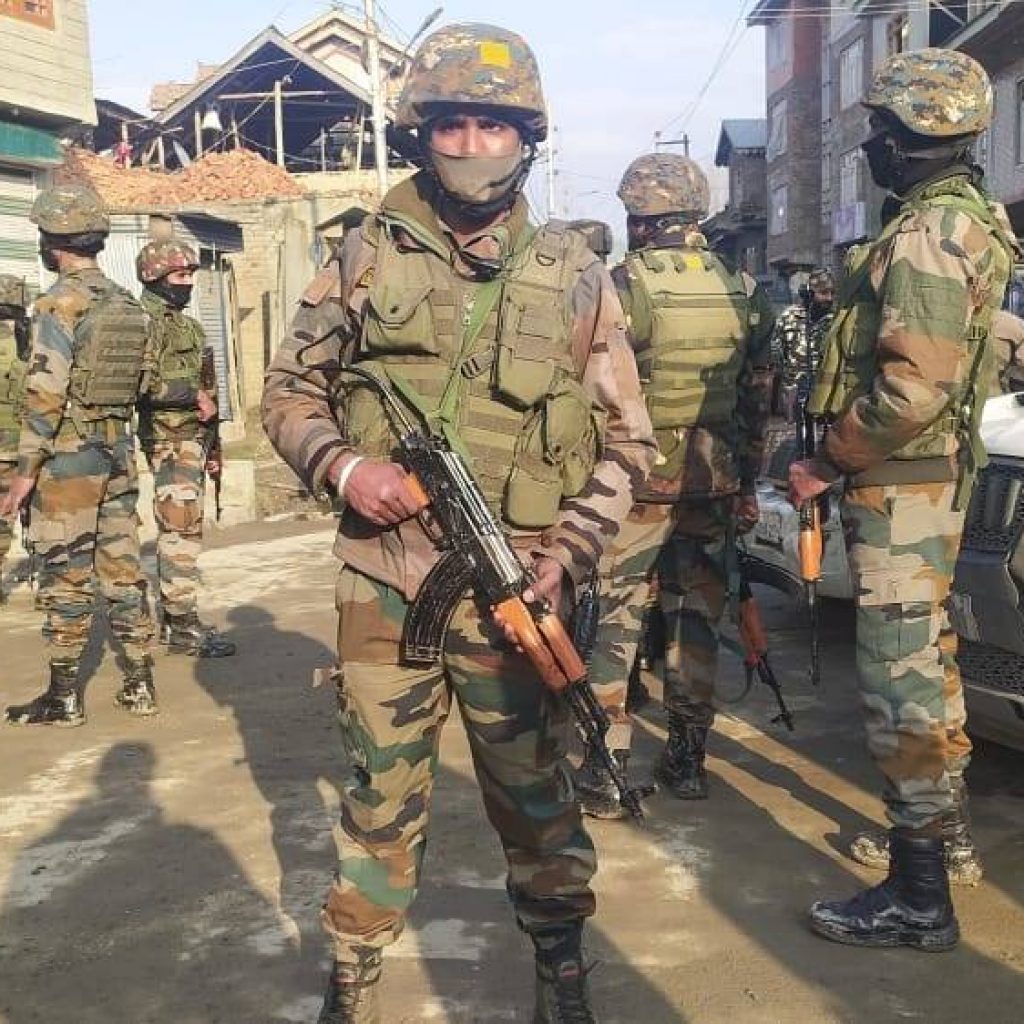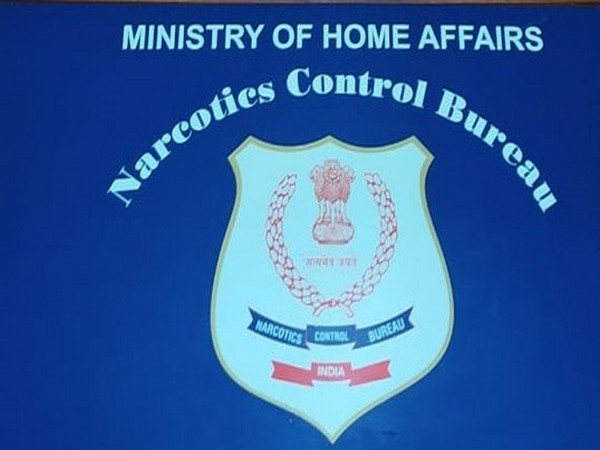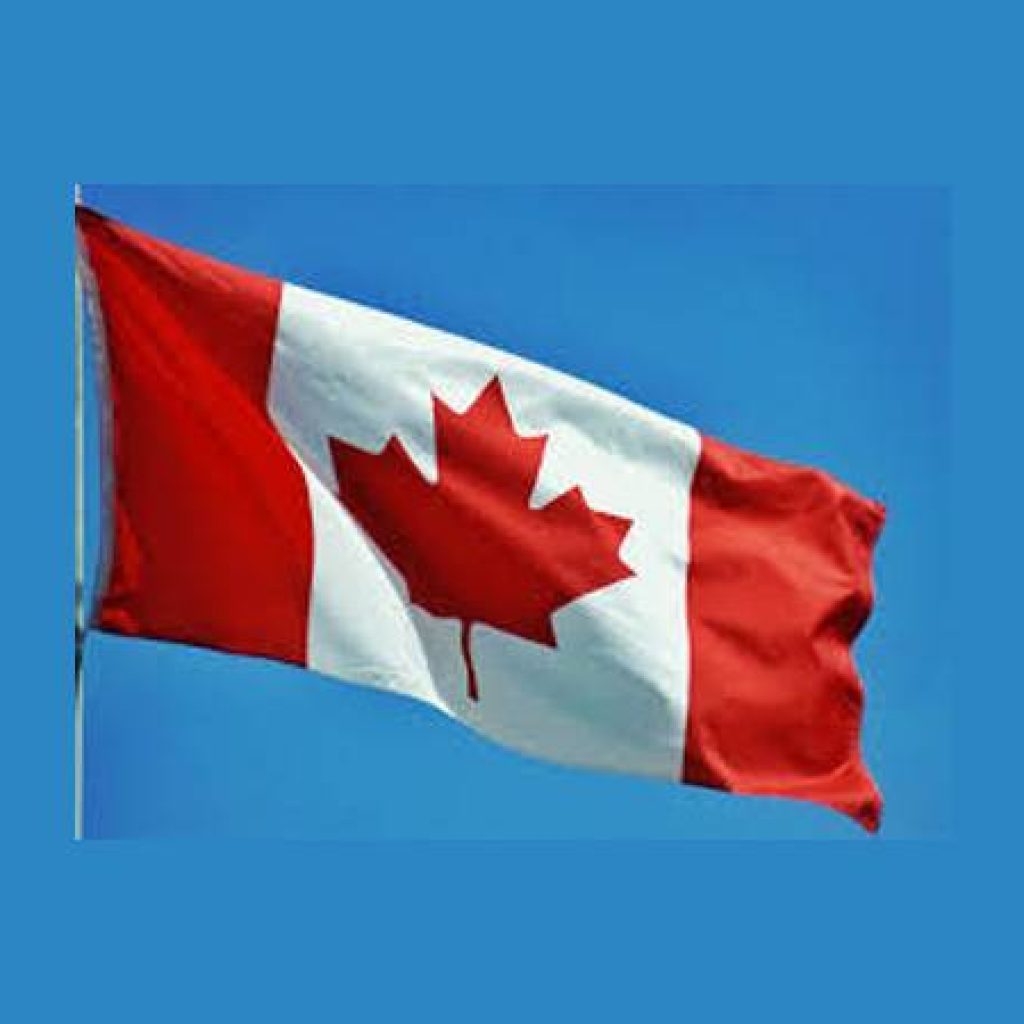The Special Cell also said that they have lawfully intercepted telephonic calls that contained crucial information…reports Asian Lite News.
After three years of thorough investigation and search operations, the Special Cell of Delhi Police has extradited an international drugs mastermind, Harvinder Singh, from London. The Delhi Police Special Cell said that seven members of this drug syndicate has been already arrested in 2018. The accused Harvinder Singh alias Balli is a resident of the United Kingdom and was charged under several sections of the NDPS Act, by the Delhi Police Special Cell.
On Tuesday, a press note was released by the Delhi Police Special Cell regarding the extradition of Harvinder Singh from the UK. According to the Delhi Police Special Cell, Balli’s name was revealed by his Indian associates during the probe.
The Delhi Police Special Cell said in the press note, “After initial recovery and arrest of his Indian associates, during course of investigation, his name was revealed as mastermind of the drug syndicate who was issuing instructions from London to various co-accused persons in India for procuring a big drug consignment at the United Kingdom.”
The Special Cell also said that they have lawfully intercepted telephonic calls that contained crucial information.
“Lawfully intercepted telephonic calls containing incriminating information against subject constituted strong evidences which finally resulted in filing an Extradition Request against British Citizen Harvinder Singh,” the Special Cell said in the press release.
The Special Cell further mentioned in the press note that, “He is the kingpin of an international drug syndicate and was involved in procuring high quality drugs (psychotropic substance drugs) in the United Kingdom through his network in India.”
Earlier this year, a Special Cell team conducted a raid at Truck Parking, Cargo Complex, Terminal-2, IGI Airport, New Delhi, and a large consignment of drugs was recovered. The Psychotropic Substances were supposed to be delivered to the United Kingdom via Lufthansa Airlines. Two accused involved in the handling of drugs were apprehended by the Special Cell. The accused were identified as Ashish Sharma and Asim Ali.
During the probe, five other accused involved in the drug syndicate was arrested and “huge amount of Psychotropic Substances were further recovered.”
“During course of investigation, other co accused persons namely Praveen Saini, Rajender Kumar, Pawan Kumar, Lalit Sukhija and Axat Gulia were arrested in this case and huge amount of Psychotropic Substances were further recovered on their instance,” the Special Cell mentioned in the press release.
As of now, the special cell has recovered 4 Kg of Mephedrone Drug, Diazepam powdered Drug, 6,53,244 tablets (147.8 Kg. by weight) including Diazepam, Lorazepam, Alprazolam and Nitrazepam tablets in this case.
For extraditing Harvinder Singh from UK, the Special Cell filed a chargesheet and an extradition request was prepared on behalf of the Government of India. Balli was arrested by the UK Police in February, this year. The Special Cell said, “Charge sheet was finalized and filed before Ld. Trial Court and an open dated NBW was obtained against wanted accused Harvinder Singh from Hon’ble Court.”
ALSO READ-Global Covid caseload tops 281.3 mn


